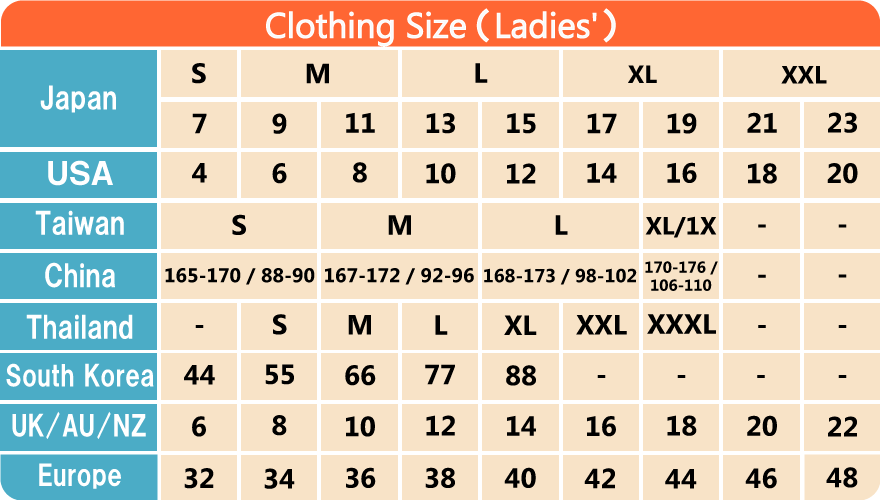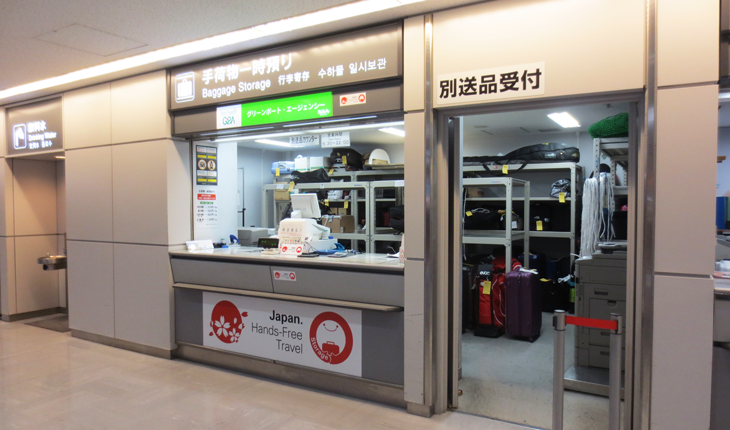- TOP
- INFORMATION
- Helpful Information
Helpful Information
Calendar of Events

②Hirosaki Cherry Blossom Festival (Aomori)
③Sanja Festival (Tokyo)
④Aoi Festival (Kyoto)
⑤Gion Festival (Kyoto)
⑥Kanda River Fireworks Festival
⑦Hakata Gion Yamakasa Festival
⑧Aomori Nebuta Festival (Aomori)
⑨Kanto Festival (Akita)
⑩Awa Odori (Tokushima)
⑪Kyoto Gozan no Okuribi (Kyoto)
⑫Owara Kaze no Bon (Toyama)
⑬Danjiri Festival (Osaka)
⑭Hakata Okunchi (Fukuoka)
⑮Chichibu Yomatsuri Festival (Saitama)
In Japan, each of the four seasons in marked by special events. Learn about the best times to enjoy various flowers, when different fruits and other foods are in season, and the dates of festivals and celebrations ahead of time so you can plan your trip accordingly.
Temperature

Winter
The temperature drops considerably in January and February. In particular, the temperature in places that experience heavy snowfall such as in Hokkaido and the Tohoku region as well as in the mountains and the along the coast of the sea of Japan can be extremely cold. As such, coats, gloves, scarves, and so on are a must. However, stores can be quite warm inside, so dressing in layers can be helpful.
Spring
The number of warm days begins to increase starting in March. However, the mornings and the evenings remain quite chilly, so it's a good idea to bring a light coat or jacket with you.
Summer
Japan's rainy season begins in June. Showers can start suddenly, so carrying an umbrella and some rain gear is recommended. The humidity during this time can be intense, but there may still be some days where a light coat is needed. The temperature rises suddenly once the rainy season ends, making short sleeves a good choice. The sun is also feels very strong in Japan, so it's a good idea to take along a hat, sunscreen, and water.
Fall
September is typhoon season in Japan, so be sure to check weather reports regularly when traveling during this time. Long sleeves or a cardigan are appropriate choices for early fall, but by mid-November you'll want a coat or a jacket.
Clothes Sizing


Clothing in Japan is made based on the average heights of Japanese males and females, which are 170cm and 158cm, respectively. Clothing sizes differ greatly by brand, so it's always a good idea to try on clothes before making a purchase.
Shoe Sizing

Sizing varies depending on the country of origin, manufacturer, type of shoe, and design. Be sure to try shoes before making a purchase.
Baggage

No one wants to drag a big, bulky suitcase around while sightseeing. Use a baggage storage service or stash your stuff in a coin locker instead.
Baggage Storage

Hands-Free Travel Counters

Coin Lockers

When looking for a place to store your luggage or purchases, the coin lockers found in most stations and many other facilities are very convenient. Most lockers located in stations are available for use during the period between the first and last trains. Expect to pay around 300-600 yen. Keep in mind that your bags may not fit depending on their size. Another important thing to remember is that some locker areas are closed off at night; if your belongings are still inside, you may have to pay an additional fee.
Using Coin Lockers with IC Card Compatibility ※Some coin lockers allow payment via IC cards such as Suica or Pasmo.







Removing Your Baggage




What to Bring From Home
True to their name, Japanese convenience stores are very convenient. In addition to the things you'd expect like food and drinks, many sell household cleaning supplies, makeup, health and beauty supplies, and even collared shirts, ties, and underwear! So if you realize you've forgotten something at home, chances are you can find it at a convenience store.
However, there are some items that it's best to take from home with you including deodorant and toothpaste. For women, you might want to consider bringing your preferred brand of feminine hygiene products. Japan has a variety of pads to choose from, but the choice of tampons is extremely limited; also, all of them are applicator-type.
Prices
 Water: expect to pay around 120 yen for a 500ml bottle purchased at a convenience store or from a vending machine.
Water: expect to pay around 120 yen for a 500ml bottle purchased at a convenience store or from a vending machine.
 Coffee: expect to pay around 350 yen for a regular sized cup of drip coffee.
Coffee: expect to pay around 350 yen for a regular sized cup of drip coffee.
 Beer: canned beer is available in two varieties: normal and low-malt beer. Expect to pay around 110 to 350 yen per 350ml.
Beer: canned beer is available in two varieties: normal and low-malt beer. Expect to pay around 110 to 350 yen per 350ml.
 Subway Base Fares: the base fare on the subway will be around 200 yen. Some examples: 170 yen on the Tokyo Metro subway, 210 yen on the Kyoto Municipal Subway, and 180 yen on the Osaka Municipal Subway.
Subway Base Fares: the base fare on the subway will be around 200 yen. Some examples: 170 yen on the Tokyo Metro subway, 210 yen on the Kyoto Municipal Subway, and 180 yen on the Osaka Municipal Subway.
 Taxi Base Fares: base fares for taxis will vary depending on the region and taxi company. In the 23 wards of downtown Tokyo, the base fare is 730 yen for up to 2km in a medium-sized taxi. In Kyoto, it will be around 600 yen for up to 1.7km. In Osaka, it is 680 yen for up to 2km in a medium-sized taxi.
Taxi Base Fares: base fares for taxis will vary depending on the region and taxi company. In the 23 wards of downtown Tokyo, the base fare is 730 yen for up to 2km in a medium-sized taxi. In Kyoto, it will be around 600 yen for up to 1.7km. In Osaka, it is 680 yen for up to 2km in a medium-sized taxi.
THIS ARTICLE IS BASED ON INFORMATION FROM 11 11,2016








